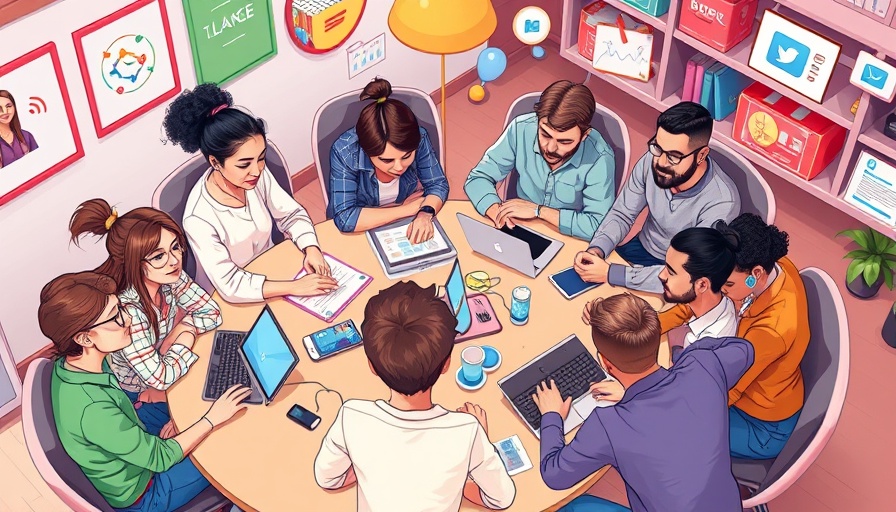
Exploring the Future of Work at ASA's Annual Meeting
As the world of employment continues to evolve rapidly, sociologists and researchers are set to gather in Chicago from August 8-12, 2025, for the American Sociological Association's (ASA) 120th Annual Meeting. This year’s theme, "Reimagining the Future of Work," underscores the critical examination of ongoing transformations in labor and employment across various sectors.
The Shift in Labor Dynamics
Work has undergone significant changes over the past few years, highlighting a departure from the fixed, traditional models that once dominated the landscape. Adia M. Harvey Wingfield, President of ASA and a prominent sociologist from Washington University in St. Louis, emphasizes that we are witnessing profound shifts influenced by technological advancements and changing societal norms.
With the rise of artificial intelligence (AI) and automation, many traditional roles are being redefined, presenting threats and opportunities for workers. The gig economy and remote work are also reshaping how people approach their careers, prompting new discussions around job security and worker well-being.
Key Themes of the Conference
Attendees can expect to delve into various focus areas that underscore the evolving landscape of work:
- Technological Disruption: Examining how automation and AI influence job markets and worker roles.
- Workplace Flexibility: The impact of remote work and gig-based employment on traditional job structures.
- Worker Vulnerability: Increasing issues such as job insecurity, insufficient benefits, and stressful schedules.
- Social Impact: Understanding how these changes affect family dynamics and cultural engagement.
- Collective Action: Revitalizing discussions around labor organization and worker solidarity.
Why These Discussions Matter
Understanding these shifts is essential not just for sociologists but for everyone involved in the workforce—the implications of today's changes will influence future generations. Wingfield points out that sociology offers unique theoretical and empirical insights needed to unpack these complex transformations. With many of these changes feeling immediate and personal, sociologists themselves are facing challenges such as funding cuts and political pressures.
Valuable Takeaways for Workers and Employers
The insights shared at the conference could prove vital for both employees and employers navigating this era of uncertainty. Businesses, especially, can gain insights that may guide their policies on workplace flexibility, mental health support, and employee benefits, enabling them to foster positive work environments that prioritize the well-being of their workforce.
The Future is Now
This meeting is a call to action for social scientists, employers, and workers alike to engage in critical conversations about the realities of contemporary work. By coming together at events like ASA, stakeholders can collaborate, challenge and innovate the future of work.
Join the Conversation
For those interested in how the themes of this year's meeting can influence broader social dynamics, participating as a media professional or researcher offers a unique opportunity to connect with other change-makers. Registering as press at ASA not only provides access to valuable discussions but also amplifies the voices of those affected by these ongoing transformations.
In conclusion, understanding the future of work is crucial. The upcoming ASA Annual Meeting is poised to illuminate the paths forward as we navigate these changes together.
 Add Row
Add Row  Add
Add 




Write A Comment